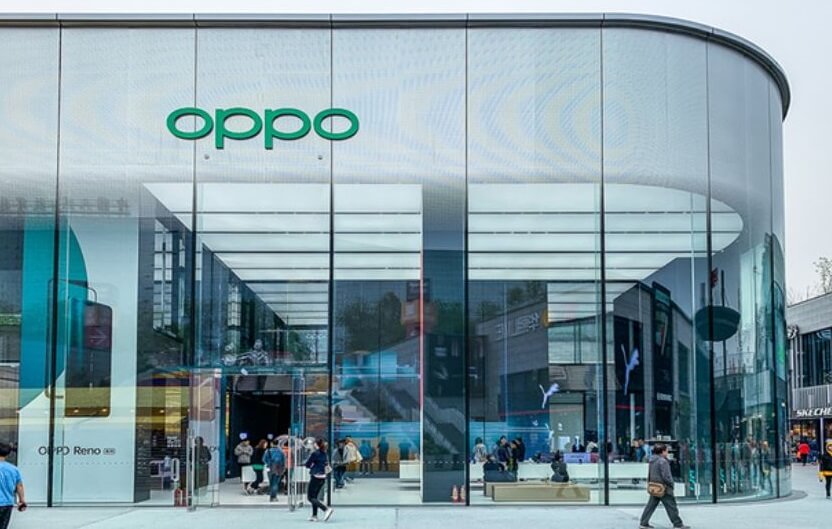Despite potential tariffs and geopolitical pressures, Apple's commitment to manufacturing in India is solidifying, promising relative affordability for locally-made iPhones, even in the face of challenges posed by figures like former U.S. President Donald Trump. Here's a breakdown of the factors at play:
India's Rising Manufacturing Prowess:
- Strategic Shift: Apple has been steadily increasing its iPhone production in India since 2017, initially driven by the Indian government's tariffs on smartphones imported from China. This move allowed Apple to avoid hefty import duties, making iPhones more accessible to India's burgeoning middle class.
- Production Capacity: By 2025, Apple's annual iPhone production in India reached $15-16 billion, with plans to double this figure. India now accounts for approximately 18% of global iPhone production, a substantial increase from previous years. Apple aims to manufacture most iPhones sold in the U.S. from India by the end of 2026.
- Key Players: Apple partners with major contract manufacturers such as Foxconn, Pegatron, and Tata Group in India. These companies are expanding their facilities and production capabilities to meet Apple's growing demands. Tata Group, in particular, has emerged as a significant player after acquiring Wistron's Indian operations.
- Focus on Exports: A significant portion of iPhones manufactured in India are exported to the United States and other regions. In April 2025 alone, Apple's suppliers shipped 2.9 million iPhones from India to the U.S., marking a 76% year-on-year increase.
Tariffs and Cost Considerations:
- Trump's Tariff Threat: Former U.S. President Donald Trump has repeatedly urged Apple to prioritize manufacturing in the United States and threatened to impose a 25% tariff on iPhones made outside the U.S., including those from India.
- India vs. U.S. Production Costs: Despite potential tariffs, manufacturing iPhones in India remains significantly more cost-effective than in the U.S. This is primarily due to lower labor costs. Assembly workers in India earn roughly $230 per month, compared to approximately $2,900 per month in the U.S., particularly in high-cost states like California.
- Impact of Tariffs on Affordability: A Global Trade Research Initiative (GTRI) report indicates that even with a 25% tariff, iPhone production in India would still be cheaper than in the U.S. Assembling an iPhone in India costs around $30, while the same process in the U.S. would cost approximately $390.
- Profit Margins: If Apple were to shift iPhone production to the U.S., its profit per iPhone could drop significantly, from $450 to just $60, unless retail prices were substantially increased. This makes maintaining production in India a financially sound strategy.
Challenges and Opportunities:
- Supply Chain Dependence: While Apple is increasing its manufacturing in India, the supply chain still relies heavily on components imported from other regions, including China. This dependence subjects Apple to customs duties and logistical challenges.
- Scaling Production: India's iPhone production is growing, it still lags behind China, which currently accounts for about 75% of global iPhone production. Increasing production volume to meet global demand remains a key challenge.
- Government Support: The Indian government's Production-Linked Incentive (PLI) scheme provides financial incentives to electronics manufacturers, further reducing production costs for Apple.
- Growing Market: India is a crucial market for Apple, with sales nearing a record $8 billion per year. Local manufacturing allows Apple to cater to the growing demand for iPhones among India's expanding middle class.
- "iPhone 16e" and affordability: Apple launched an affordable phone, the iPhone 16e priced at INR 59,900 as opposed to the iPhone 16 price which begins at ₹79,900. The iPhone 16e runs on Apple's latest A18 chip, and introduces Apple Intelligence for smarter user interactions.
Overall Impact:
Despite potential headwinds from tariffs and geopolitical pressures, Apple's increasing manufacturing in India is poised to keep iPhone prices competitive, especially for the Indian market and potentially for exports to the United States. The cost advantages of manufacturing in India, combined with government support and a growing domestic market, make it a strategic hub for Apple's global operations. While challenges remain in terms of supply chain dependence and scaling production, Apple's commitment to India signals a long-term strategy to maintain affordability and expand its market reach.















